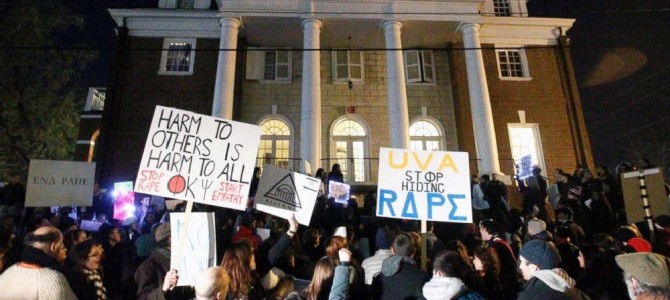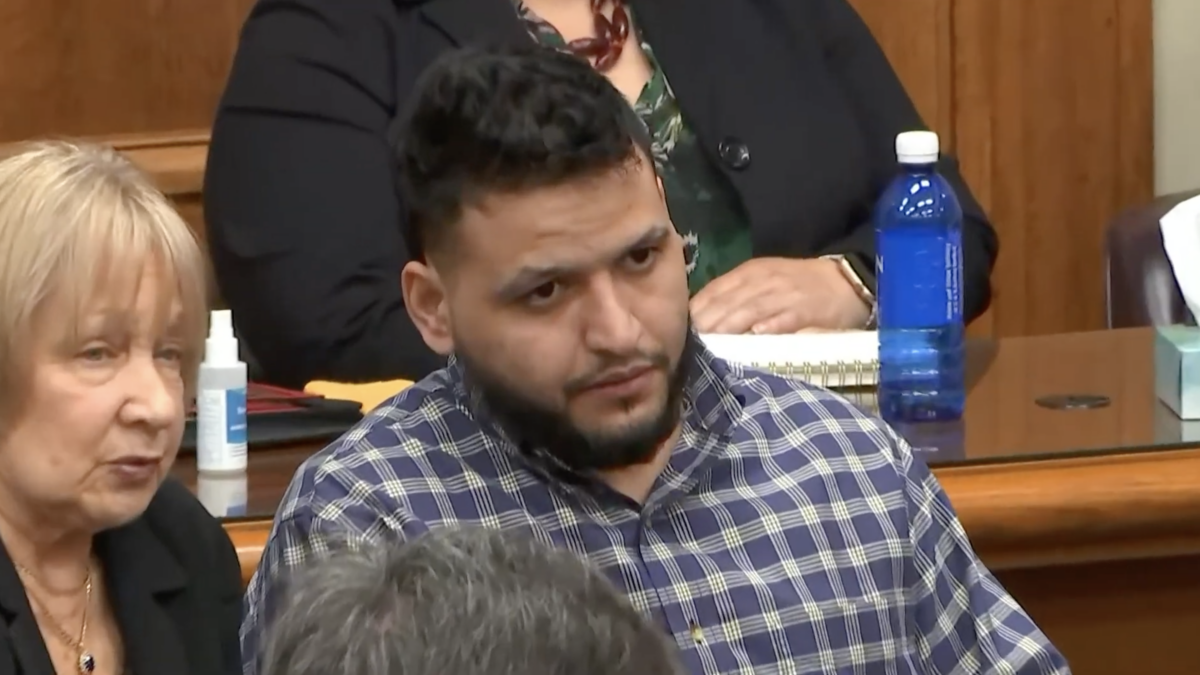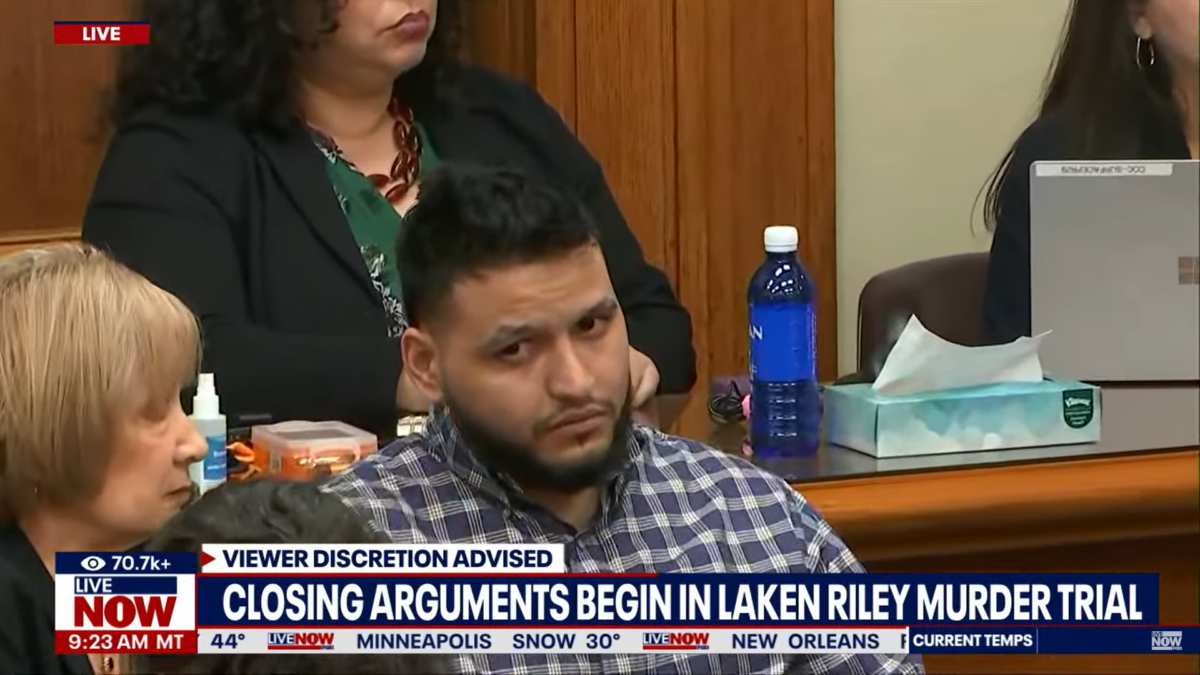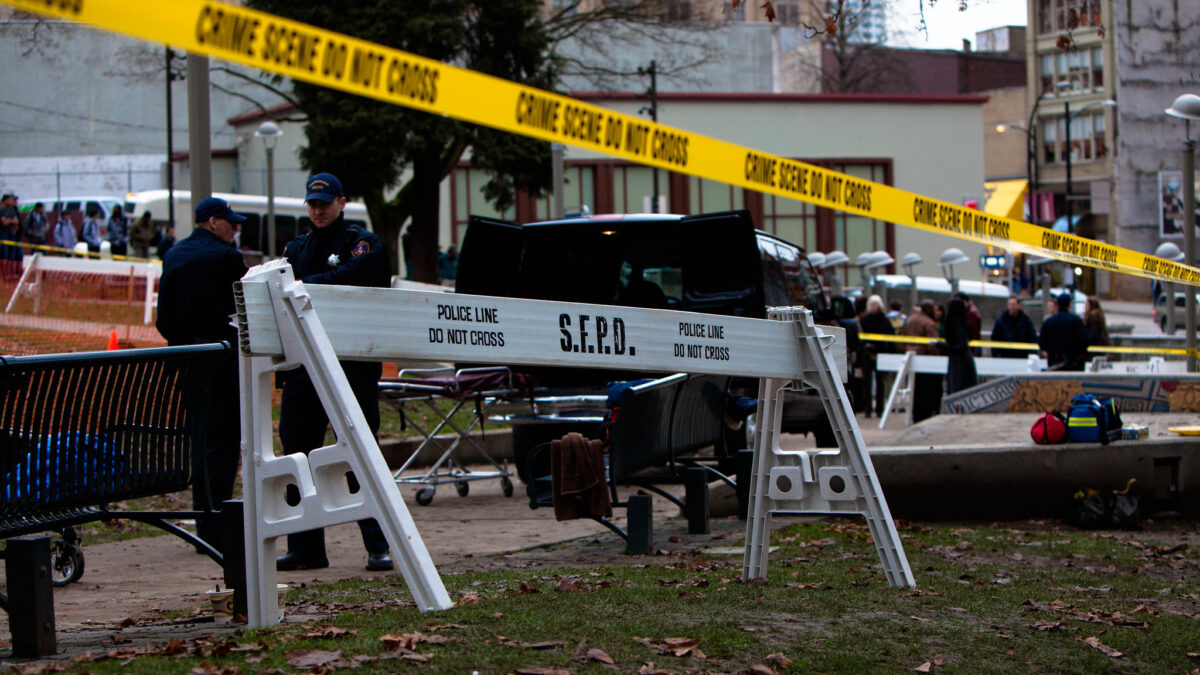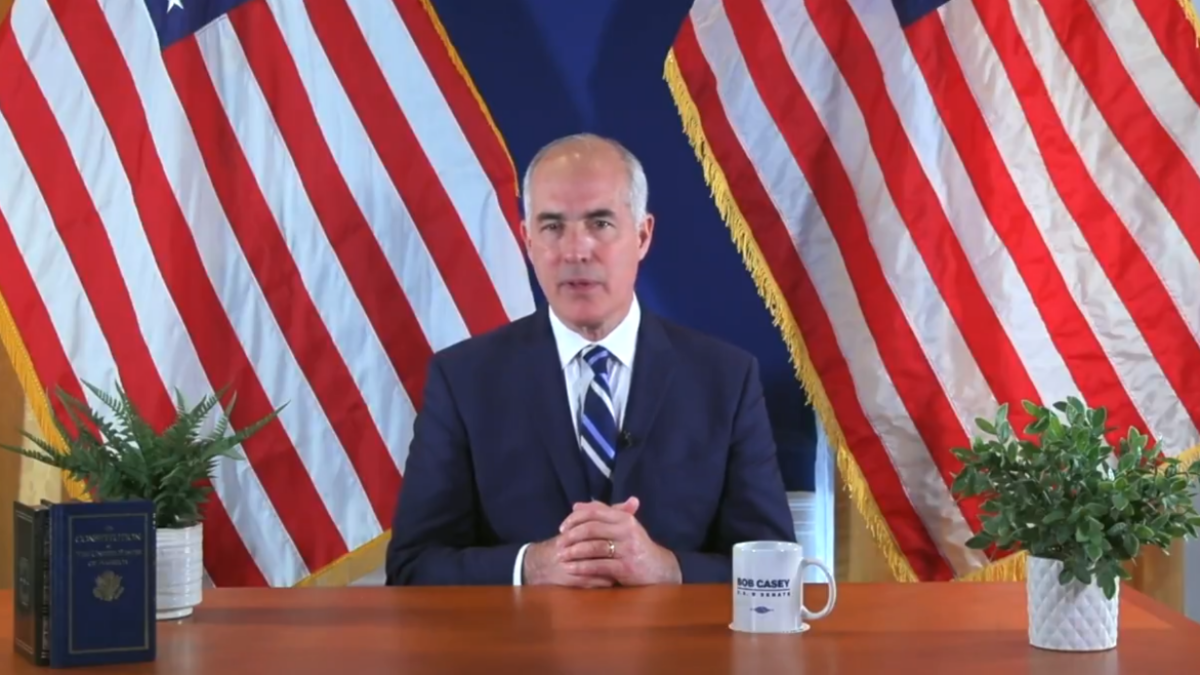A new report on sexual assault released today by the U.S. Department of Justice (DOJ) officially puts to bed the bogus statistic that one in five women on college campuses are victims of sexual assault. In fact, non-students are 25 percent more likely to be victims of sexual assault than students, according to the data. And the real number of assault victims is several orders of magnitude lower than one-in-five.
The full study, which was published by the Bureau of Justice Statistics, a division within DOJ, found that rather than one in five female college students becoming victims of sexual assault, the actual rate is 6.1 per 1,000 students, or 0.61 percent (instead of 1-in-5, the real number is 0.03-in-5). For non-students, the rate of sexual assault is 7.6 per 1,000 people.
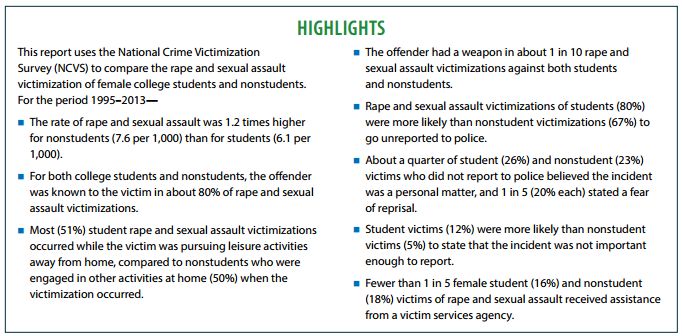
The higher rate of victimization among non-students is important due in large part to recent accusations that U.S. colleges and universities are hotbeds of so-called “rape culture,” where sexual assault is endemic, and administrators and other students are happy to look the other way. The bogus “1 in 5” statistic, which was the product of a highly suspect survey of only two universities and which paid respondents for their answers, has been repeatedly used as evidence of this pervasive rape culture on college campuses across the country.
Even more striking is that according to the BJS data, the likelihood of sexual assault has actually been trending downward across the board since 1997.
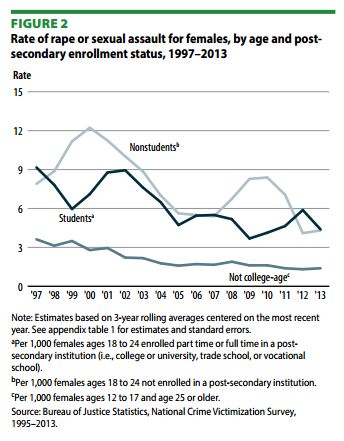
While that downward trend is obviously good news, the fact that there’s anything to measure is not. Sexual assault is an awful crime, and even one instance is too many, regardless of the trend. That’s why it’s so important for victims to report the crimes when they happen, so law enforcement authorities can find the perpetrators and hold them accountable. Perpetrators of sexual assault who are never reported are obviously far more likely to victimize even more people.
Unfortunately, according to data from the BJS study, a huge percentage of sexual assaults — upwards of 80 percent for female college students — go unreported, and students who are victimized are far less likely to report the crime than are non-student victims:
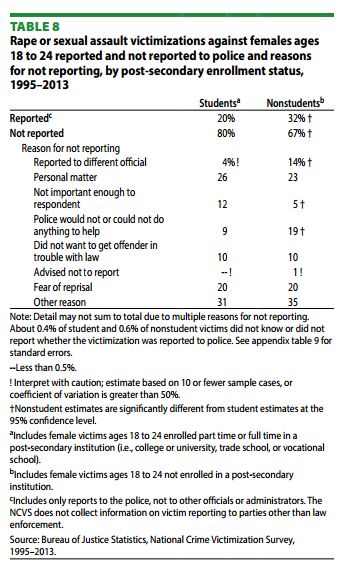
For the period 1995–2013, rape and sexual assault victimizations against female students (80%) were more likely to go unreported to police, compared to victimizations against nonstudents (67%) (table 8). Regardless of enrollment status, rape and sexual assault victimizations were more likely to go unreported than other types of violent crime (not shown). The NCVS does not directly collect information about whether victims reported to other officials or administrators.
The reasons for not reporting a rape or sexual assault victimization to police varied somewhat between students and nonstudents. A greater percentage of nonstudent (19%) than student (9%) victims stated that they did not report to police because the police would not or could not do anything to help. Nonstudent victims were also more likely to state that they had reported to a different official. Student victims (12%) were more likely to state that the victimization was not important enough to report, compared to nonstudent victims (5%). About a quarter of student (26%) and nonstudent (23%) victims who did not report to police believed the incident was a personal matter, and 1 in 5 (20% each) stated a fear of reprisal.
The full study can be read in its entirety here.
